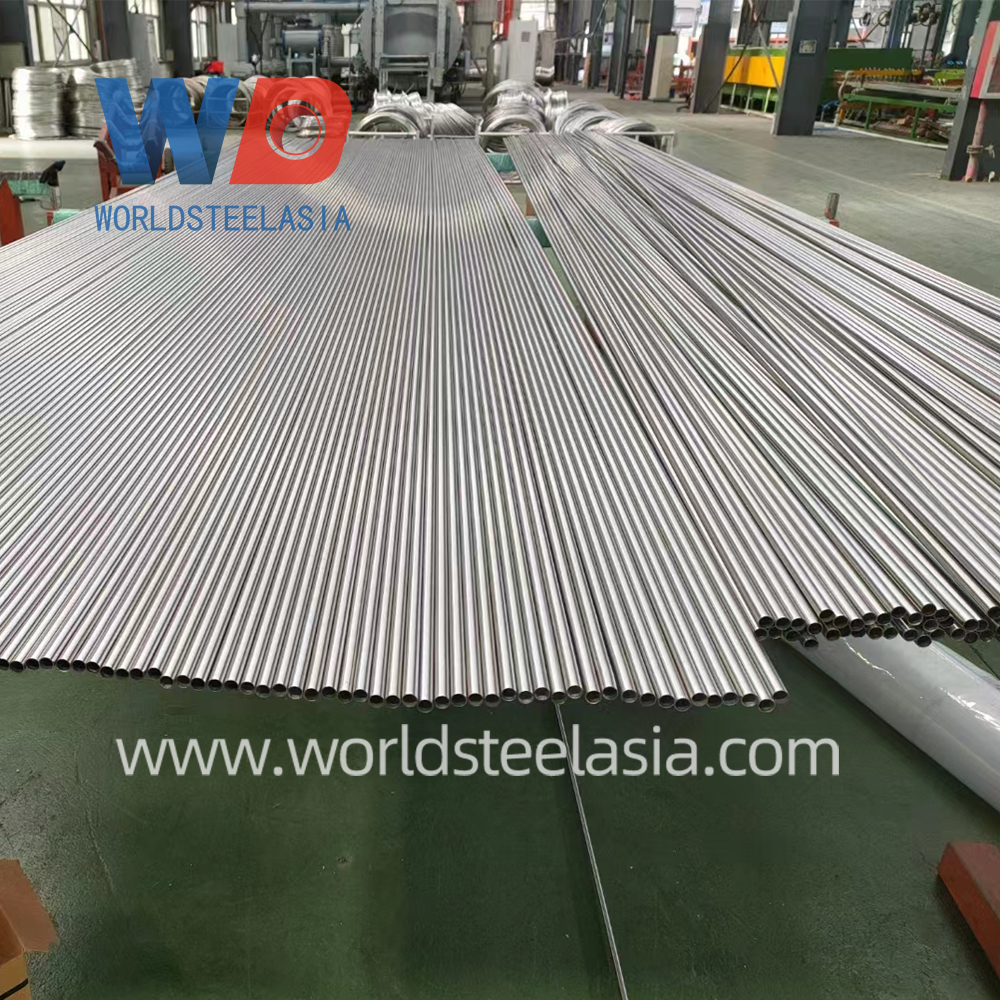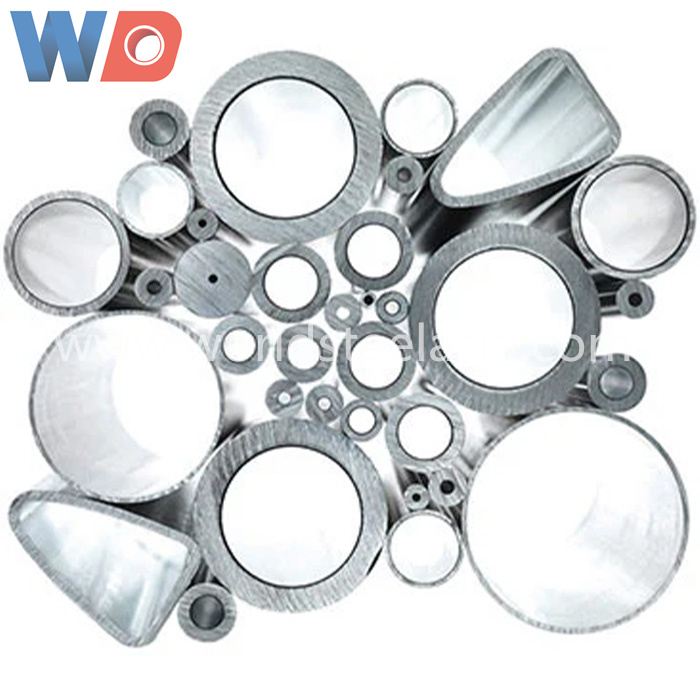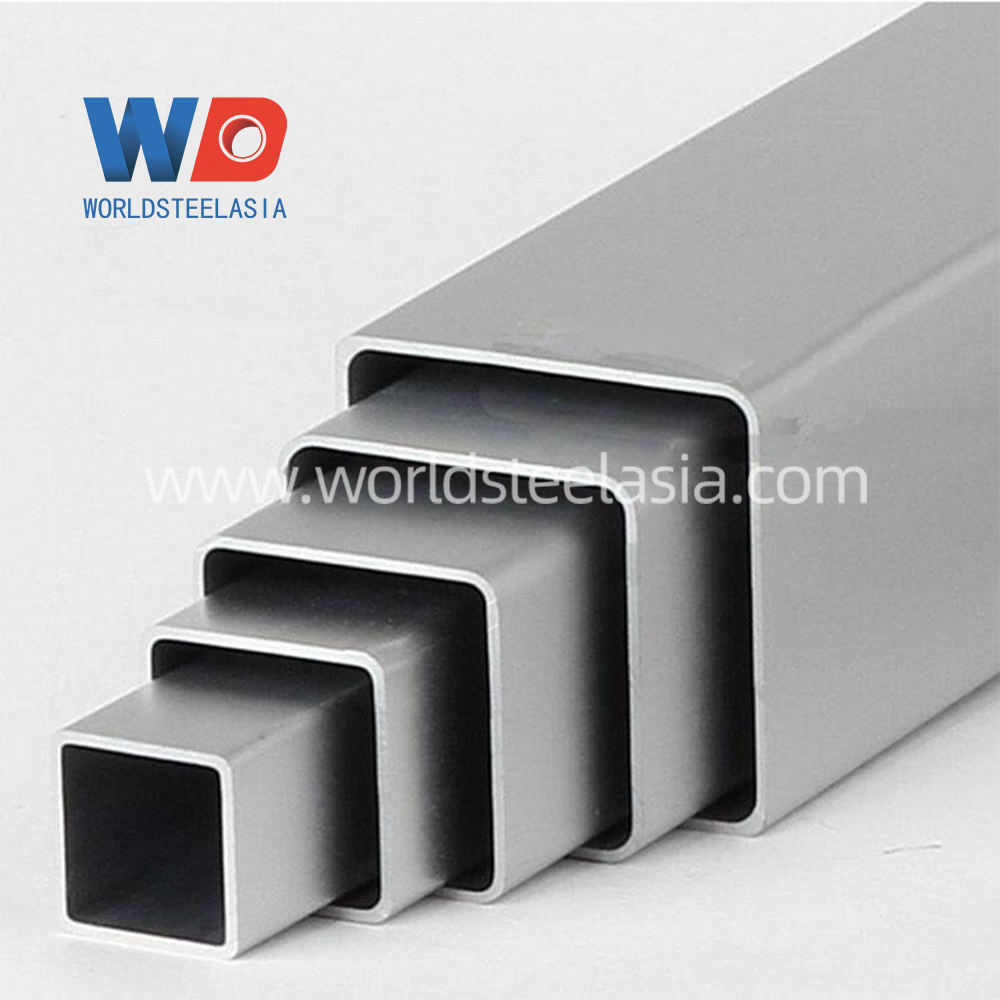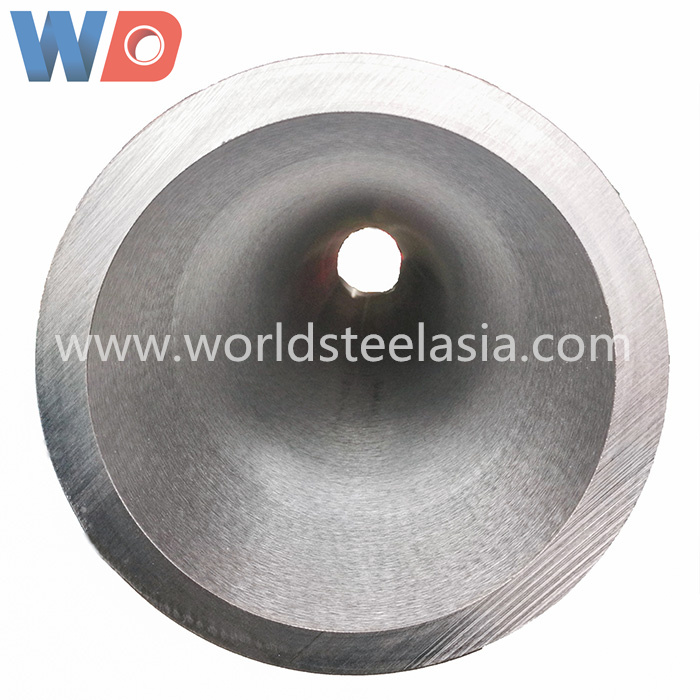Common stainless steel grades and performance of instruments
 COMMON STAINLESS STEEL GRADES AND PERFORMANCE OF INSTRUMENTS
COMMON STAINLESS STEEL GRADES AND PERFORMANCE OF INSTRUMENTS
COMMON STAINLESS STEEL SEAMLESS TUBE GRADES AND PERFORMANCE OF INSTRUMENTS
ASTM A269 , ASME SA269M AND ASTM A213 / ASTM SA213M

1. 304 stainless steel. It is one of the most widely used austenitic stainless steels with a large amount of applications. It is suitable for manufacturing deep drawing forming parts, acid transmission pipelines, vessels, structural parts, various instrument bodies, etc. it can also manufacture non-magnetic and low-temperature equipment and parts.
2. 304L stainless steel. The ultra-low carbon austenitic stainless steel developed to solve the serious intergranular corrosion tendency of 304 stainless steel under some conditions due to the precipitation of Cr23C6, its sensitized intergranular corrosion resistance is significantly better than that of 304 stainless steel. Except for the slightly lower strength, other properties are the same as 321 stainless steel. It is mainly used for corrosion-resistant equipment and components that need to be welded but cannot be subject to solution treatment. It can be used to manufacture various instrument bodies.
3. 304H stainless steel. The internal branch of 304 stainless steel has a carbon mass fraction of 0.04% - 0.10%, and its high temperature performance is better than that of 304 stainless steel.
4. 316 stainless steel. Molybdenum is added to 10cr18ni12 steel to make the steel have good resistance to reducing medium and pitting corrosion. In seawater and other media, the corrosion resistance is better than 304 stainless steel, which is mainly used for pitting corrosion resistant materials.
5. 316L stainless steel. Ultra low carbon steel, with good resistance to sensitized intergranular corrosion, is suitable for manufacturing welding parts and equipment with thick section size, such as corrosion-resistant materials in petrochemical equipment.
6. 316H stainless steel. The internal branch of 316 stainless steel has a carbon mass fraction of 0.04% - 0.10%, and its high temperature performance is better than that of 316 stainless steel.
7. 317 stainless steel. The pitting corrosion resistance and creep resistance of 316L stainless steel are better than those of 316L stainless steel. It is used to manufacture petrochemical and organic acid corrosion resistant equipment.
8. 321 stainless steel. Titanium stabilized austenitic stainless steel can be replaced by ultra-low carbon austenitic stainless steel because it has good high temperature mechanical properties and can improve intergranular corrosion resistance by adding titanium. It is not recommended to use except for special occasions such as high temperature or hydrogen corrosion resistance.
9. 347 and 347H stainless steel. Niobium stabilized austenitic stainless steel can be added with niobium to improve its intergranular corrosion resistance. Its corrosion resistance in acid, alkali, salt and other corrosive media is the same as that of 321 stainless steel seamless tube. It can be used as both corrosion-resistant material and heat-resistant steel. It is mainly used in thermal power and petrochemical fields, such as making vessels, pipes, heat exchangers, shafts, furnace tubes in industrial furnaces and furnace tube thermometers.
10. 904L stainless steel. Super complete austenitic stainless steel is a super austenitic stainless steel invented by Outokumpu company in Finland. Its nickel mass fraction is 24-26% and carbon mass fraction is less than 0.02%. It has excellent corrosion resistance. It has good corrosion resistance in non oxidizing acids such as sulfuric acid, acetic acid, formic acid and phosphoric acid, as well as good crack corrosion resistance and stress corrosion resistance. It is applicable to various concentrations of sulfuric acid below 70 ℃. It also has good corrosion resistance to acetic acid of any concentration and temperature under normal pressure and the mixed acid of formic acid and acetic acid. The original standard asmesb-625 classified it as nickel base alloy, and the new standard classified it as stainless steel. China only has the similar brand 015cr19ni26mo5cu2 steel, and a few European instrument manufacturers use 904L seamless stainless steel tube as the key material. For example, the measuring tube of e+ h mass flowmeter uses 904L stainless steel, and the case of Rolex watch also uses 904L stainless steel. N08904 stainless steel pipe
11. 440C stainless steel. Martensitic stainless steel has the highest hardness among hardenable stainless steel and stainless steel, with the hardness of hrc57. It is mainly used for making nozzle, bearing, valve core, valve seat, sleeve, valve rod, etc.
12. 17-4PH stainless steel. Martensitic precipitation hardening stainless steel, with the hardness of hrc44, has high strength, hardness and corrosion resistance, and cannot be used at temperatures higher than 300 ℃. It has good corrosion resistance to the atmosphere and diluted acid or salt. Its corrosion resistance is the same as that of 304 stainless steel and 430 stainless steel. It is used to manufacture offshore platforms, turbine blades, valve cores, valve seats, sleeves, valve stems, etc.
from https://www.worldsteelasia.com



